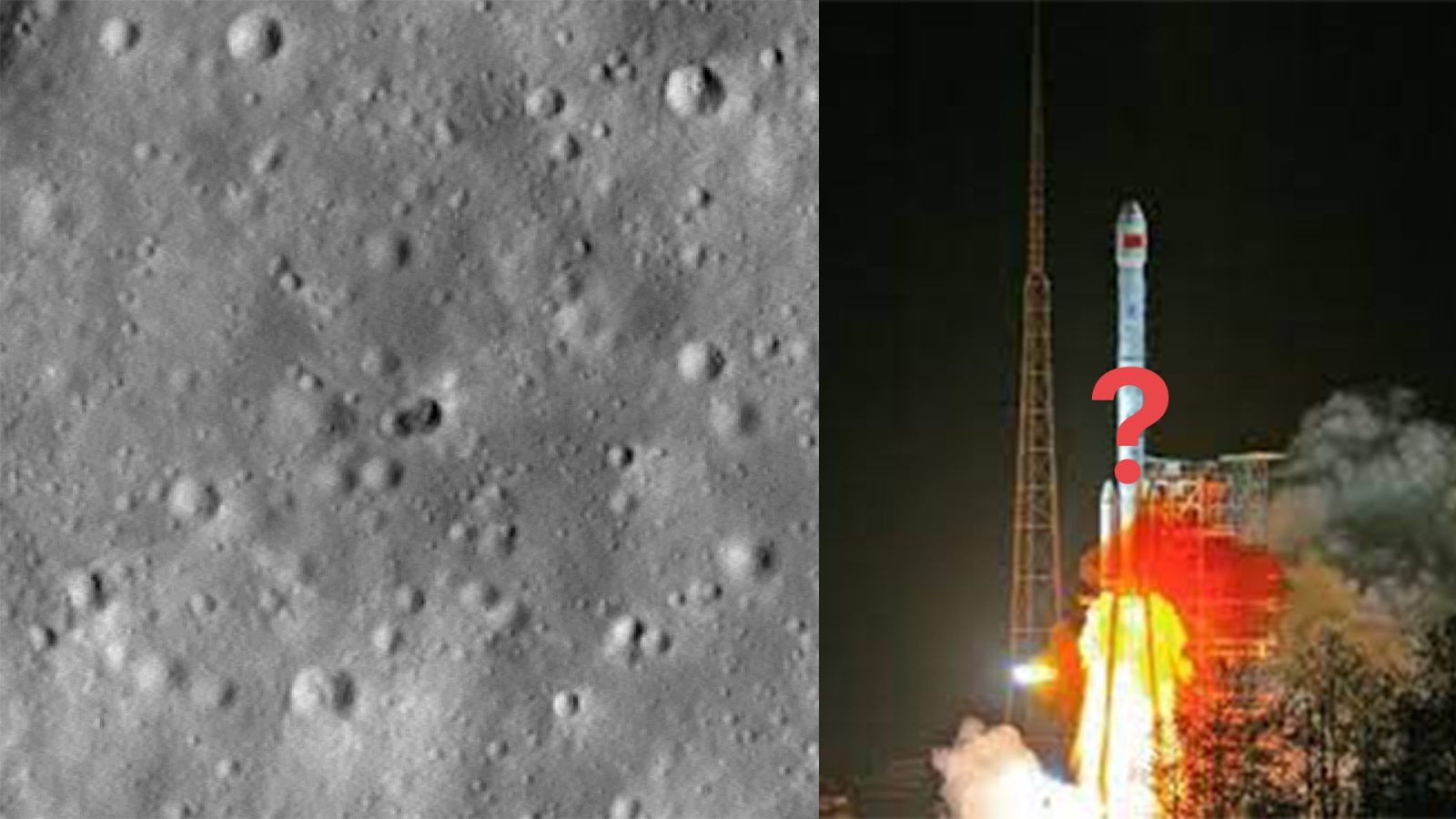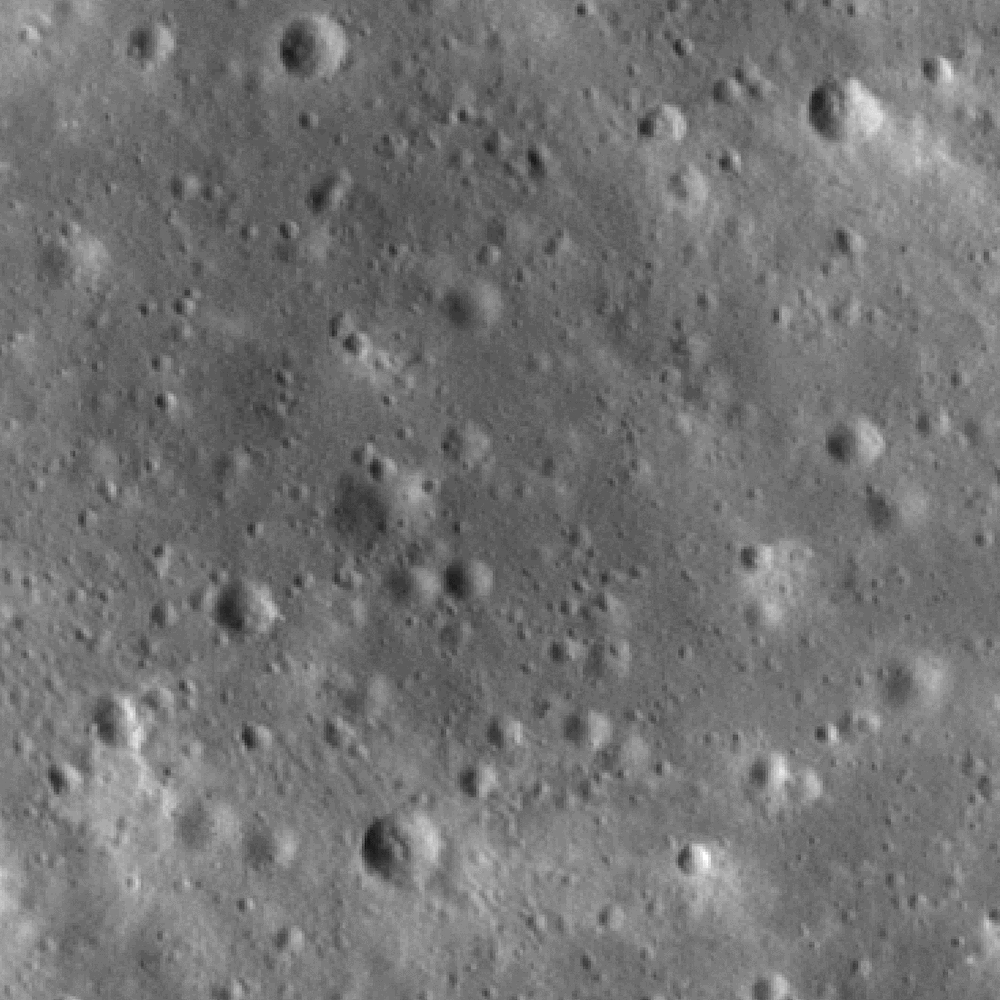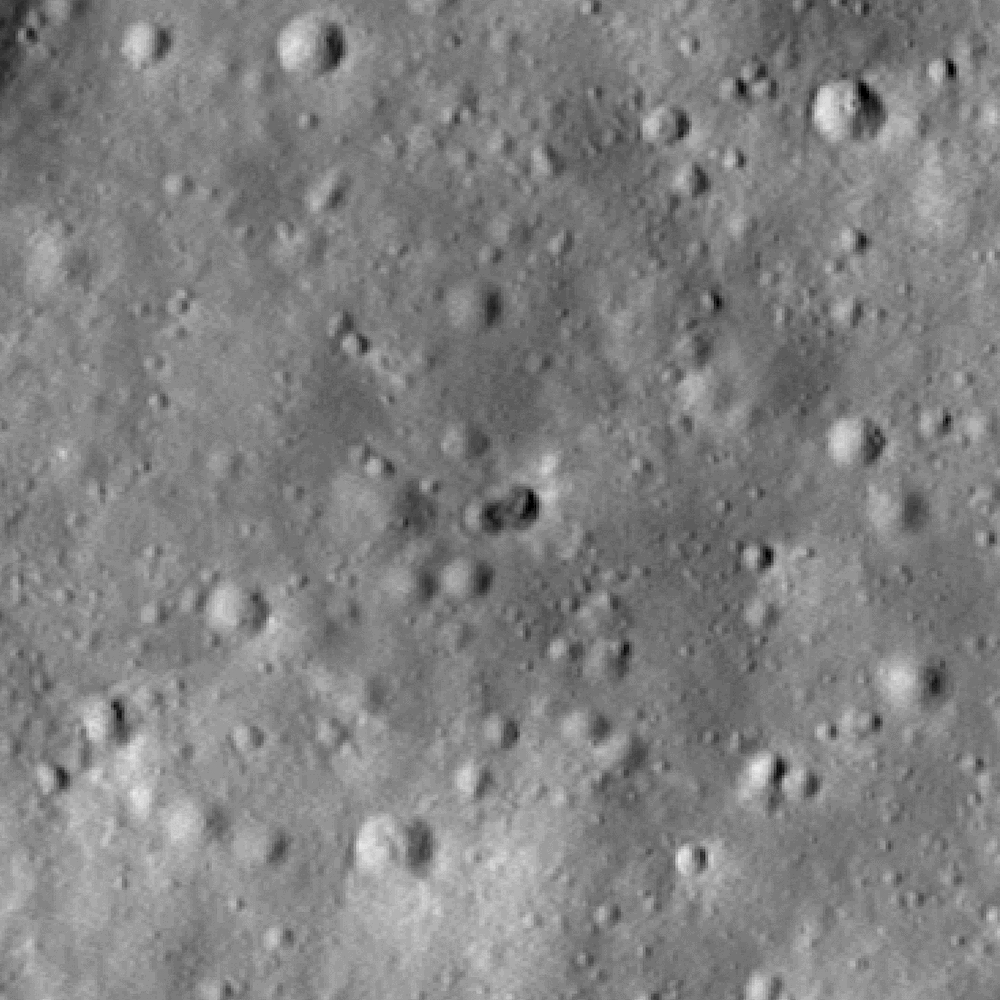
An unknown rocket stage impacted the Moon this year completely unplanned after launching a payload into space possibly back in 2015. First, it was believed to be from SpaceX, but now it is thought to be Chinese. New photos of the rocket’s impact site on the Moon could point us toward the true owner.
Last year astronomers discovered a rocket stage on an uncontrolled trajectory towards the Moon. Earlier this year, that rocket stage did impact the Moon, now confirmed by images from NASA’s Lunar Reconnaissance Orbiter (LRO) that show an abnormal double impact crater.
This unusual impact could point to what the object indeed was. Originally it was believed to have been a SpaceX Falcon 9 second stage used to launch NOAA’s DSCOVR mission. Then Bill Gray, the astronomer who discovered the object, reclassified it as a rocket stage from China’s Chang’e 5-T1 mission. China denied the claim, but Gray said that the orbits line up based on a ride-along CubeSat deployed during the mission.
Before the impact, we reached out to NASA’s LRO team to see if they would be in a position to witness the rocket impact the Moon, but sadly they would not be. However, months later, LRO teams found the impact sight in a new photo of the lunar surface.


The new photos of the rocket’s impact on the Moon shows two craters, not just one like an expected rocket impact would be. This means the rocket body must have had heavy masses on either end of the stage, which is not normal. Usually, rocket stages consist of one heavy segment containing the engines, and the rest are lightweight empty fuel tanks.
The eastern crater in the image is 18 meters wide, with the second western crater being 16 meters. Researchers seemed baffled at this conclusion as all the Apollo era impacts of SIV-B stages consisted of just one large crater on the Moon’s surface.
Space Explored’s take
This rogue rocket lunar impact brings up the concerning nature of responsibility of space junk again. I’ve had the chance to speak with Privateer’s Chief Scientist Moriba Jah several times about the current status of space junk tracking and management. Jah is a leader in the space environmentalist community to help bring order and, more importantly, responsibility to Low Earth Orbit to hopefully avoid what he describes as a “tragedy of the commons” if nothing changes. Jah recently co-authored a paper on the need for orbits around Earth to have similar protections as we see here on Earth, like National Forests and Parks. A system to regulate who can use what when and then keep track of what goes on is essential and will require cooperation across nations.
We believe that all things are interconnected and that we must embrace stewardship as if our lives depended on it. Traditional ecological knowledge holds a key to solving this wicked problem.
Dr. Moriba Jah
While LEO is the primary concern as this has the opportunity to restrict access to space to all nations if not adequately handled, it’s concerning we can’t figure out who or what to blame for this impact. The object isn’t formally linked back to any country. Even if it were, there would be nothing to force that nation to do anything other than what just happened, leaving it to crash into the Moon eventually. At least this time, it was just the Moon. Imagine if this happened on Earth.
FTC: We use income earning auto affiliate links. More.


Comments